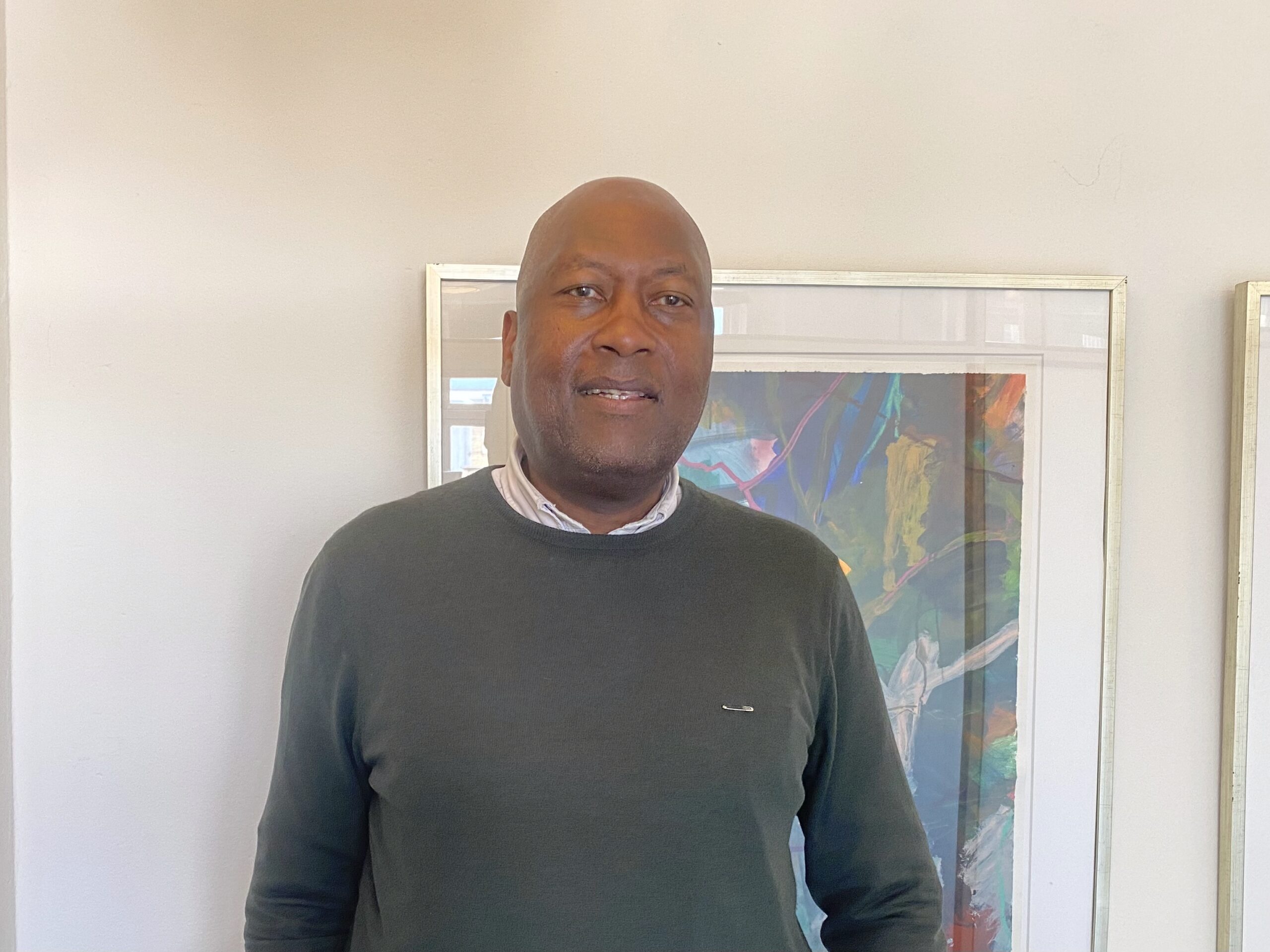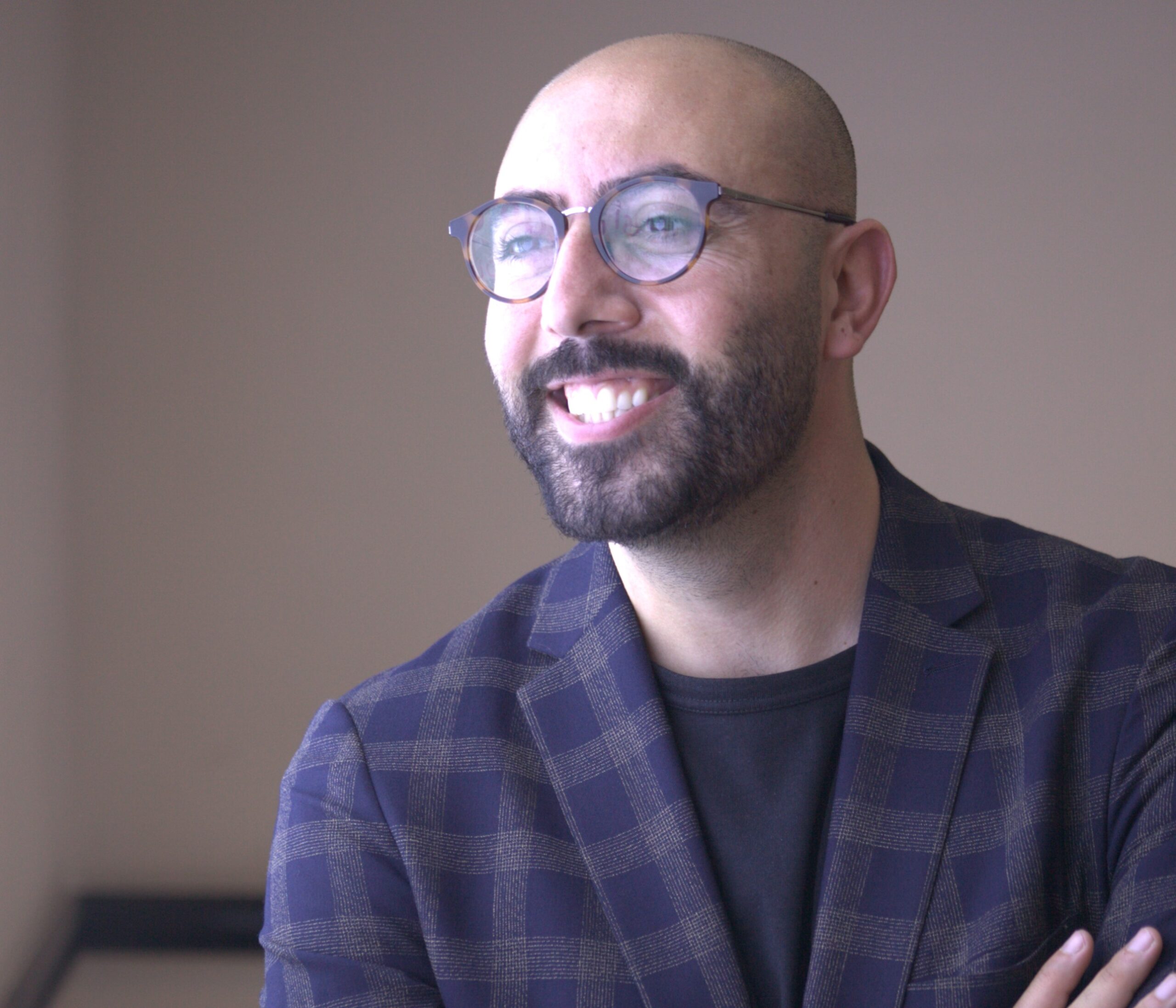Every three years the Danish National Symphony Orchestra organises an international competition for conductors.
On April 27, crowds of dedicated music lovers came to DR Koncerthuset to witness the finale of the competition.
Out of the 24 candidates only three passed to the final round: Alessandro Bonato from Italy, Ryan Bancroft from the USA and Anna Rakitina from Russia.
Strange profession
What do conductors actually do? Well, they have two basic roles.
First, to navigate the musicians. The conductor serves as a traffic co-ordinator for the different instruments in the orchestra. They give clues to the individual musicians when to play and when to stop. With over 50 people in the orchestra, it can be difficult for the players to know what is going on. The conductor is there to enable a smooth transition between the passages.
Second, the conductor interprets the music. The score of any given piece is like a roadmap. It tells us the way, but not how to get there. Thus, a conductor is the person who decides on the phrasing of themes, how they should blend into one another, and how loud or quiet the different voices should be. Conductors also sets the tempo through which they shape the music we hear.
Brahms and beyond
Each of the contestants performed a single movement from Brahms’ first, second and fourth symphony. In addition, they all conducted Carl Nilsen’s ‘Maskarade’.
That way, each conductor had a chance to share with the audience his or her interpretation of Brahms’ forever popular music. And the audience had the opportunity to appreciate how one piece, ‘Maskarade’, can differ from one conductor to the next.
Different personalities, different interpretations
Bonato’s Brahms was orderly, full of detail, at times explosive, but in general quite uniform. His take on ‘Maskarade’, although enjoyable, did not impress with originality or vigour. Having said that, the young conductor delivered a sound, satisfying performance.
Bancroft’s interpretation of Brahms’ second symphony was rhythmically interesting but at times a little less engaging than it could have been. However, his reading of Carl Nilsen’s piece impressed with energy, humour and clarity.
Rakitina delivered a soft, composed and rather unassuming reading of the first movement of Brahms’ fourth symphony. Although satisfying, her interpretation was cautious, which meant that some of the passages were not as powerful as they might have been. The same applied to her performance of ‘Maskarade’. That said, Rakitina stood out with the feeling she had for the music.
And the winner is …
A group of over ten judges led by the principal conductor of the Danish National Orchestra took an hour to decide who the winner was.
The first prize of €20,000 went to Ryan Bancroft, who also won the audience prize. Anna Rakitina took second place and the children’s jury prize. Alessandro Bonato came third.
In addition to the prize money, Bancroft receives 24 bookings from international orchestras, three years of mentoring from the Danish National Orchestra’s principal conductor, and one year’s worth of guidance from a musical consultant.
A difficult decision
All three conductors had something interesting to say, and it must have been difficult to determine who should take the spotlight.
The judge’s decision was not uncontroversial, but not unjustified.
It would have been interesting to hear more about the judge’s criteria – if, for example, what they were looking for was originality. While Bancroft was clearly the winner based on his version of ‘Maskarade’, should the first prize have been awarded for general musicianship, it might have gone to someone else.
In service of music
The concert was a wonderful opportunity to hear music in a slightly different way. It was a thoroughly enjoyable evening.
It is a good idea to learn and think a little more about the ways an orchestra produces all the wonderful sounds we love it for. Concerts like the Malko Competition are a perfect opportunity for that.
So, join me at the next edition in 2021. You will not regret it!
Read more about the musicians and the event here












